NASA's Juno Mission snaps breathtaking photo of Jupiter, Moon Io
Juno mission, being headed by NASA, has recently treated space enthusiasts to an extraordinary view of Jupiter and its volcanic moon, Io.
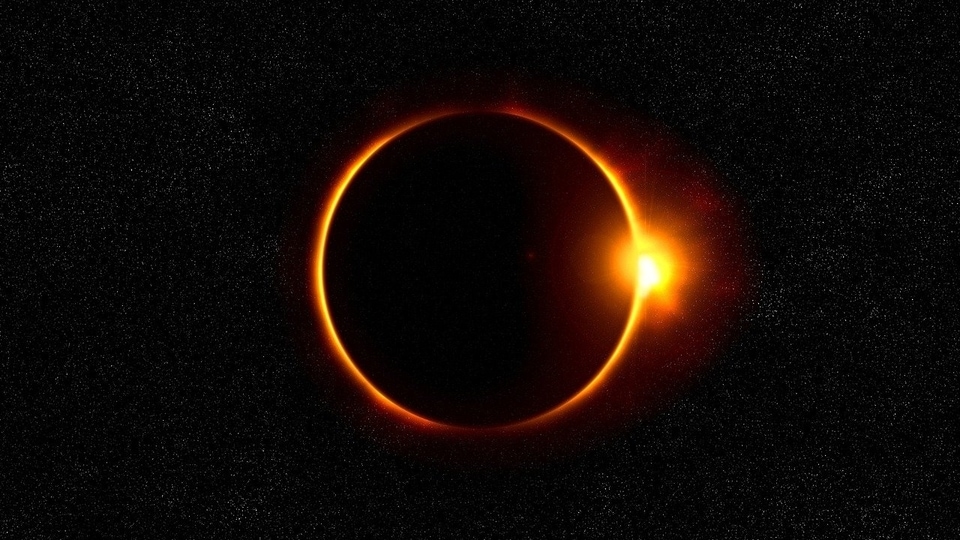
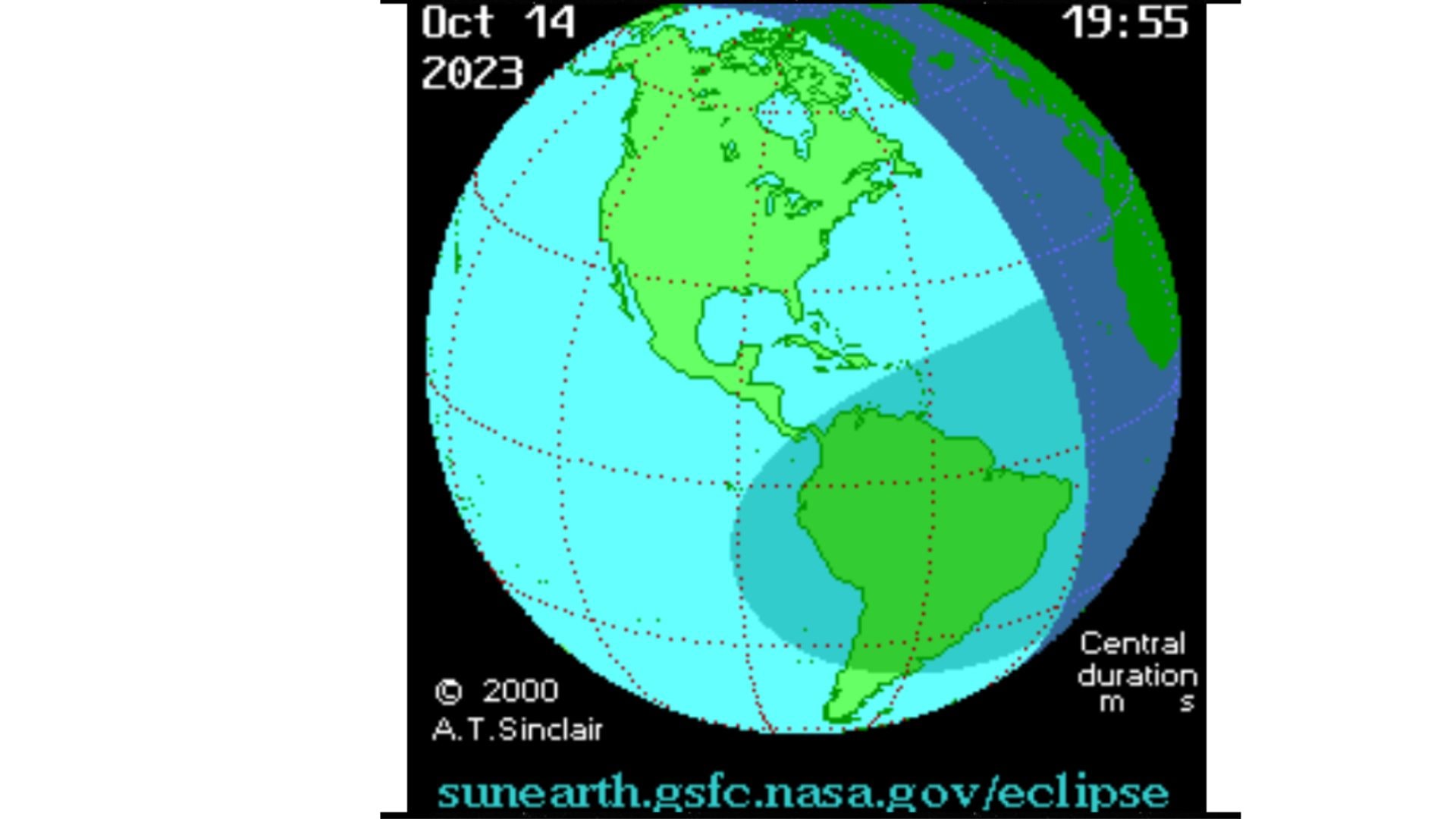
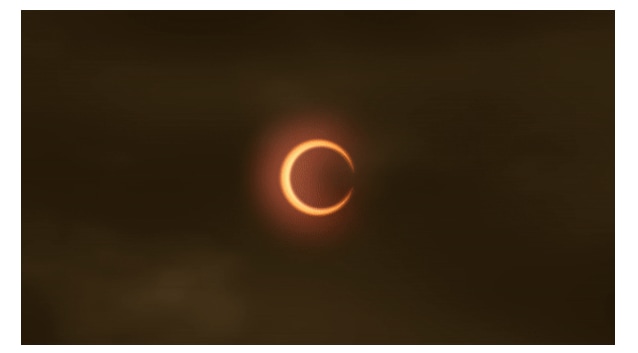
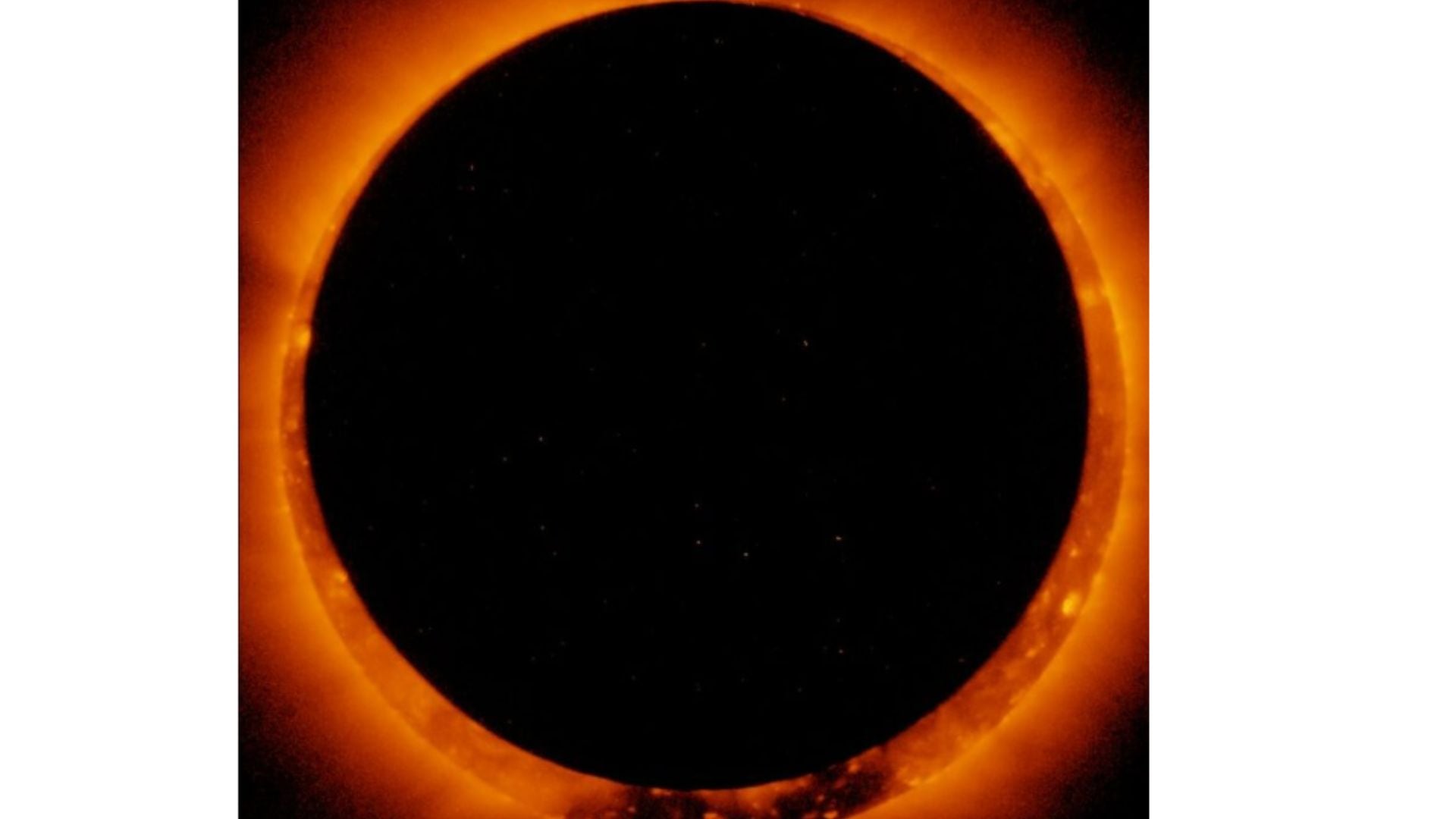

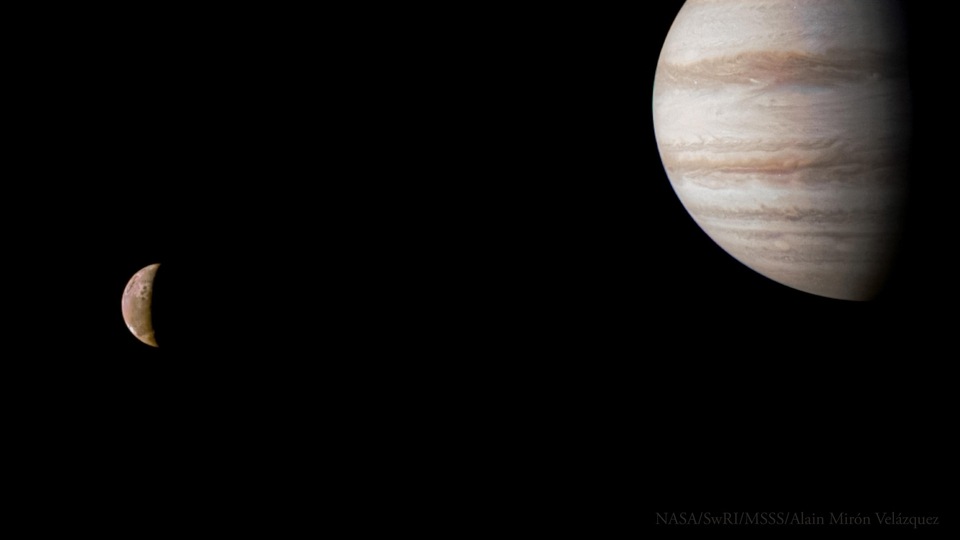
 View all Images
View all ImagesOur solar system never fails to amaze, especially the largest planet in it Jupiter as well as its many moons. The gargantuan planet always mesmerizes with its grand images as there is nothing small there, in fact, everything is on a giant scale. Recently, in a captivating display of celestial beauty, NASA's Juno mission has treated space enthusiasts to an extraordinary photo of Jupiter and its volcanic moon, Io.
This breathtaking image was taken on July 30, 2023, Just hours before NASA's Juno mission completed its 53rd close flyby of Jupiter on July 31, 2023. According to NASA, the Juno spacecraft sped past Jupiter's volcanic moon Io and captured both bodies in a single frame.
Citizen scientist Alain Miron Velazquez worked on the raw data from JunoCam to create this mesmerizing portrait. He enhanced the contrast, color, and sharpness of the portrait through JunoCam. At the time of the photograph, Juno was positioned approximately 32,170 miles from Io and about 245,000 miles above Jupiter's cloud tops.
About Jupiter
As NASA describes Jupiter, it is the largest planet in our solar system. It is the fifth planet from our Sun. The size of Jupiter is more than twice as massive as all the other planets combined. The stripes and swirls of the Jupiter are cold, windy clouds of ammonia and water. These are floating in an atmosphere of hydrogen and helium. There are dozens of moons around Jupiter. The planet also has several rings, but unlike the famous rings of Saturn, Jupiter's rings are very faint and made of dust, but they are very faint.
Jupiter's Moon Io
According to NASA, Jupiter has over 80 moons, including 4 large moons and various smaller moons. Jupiter's four largest moons consist of Io, Europa, Ganymede, and Callisto. They were first discovered by the astronomer Galileo Galilei in 1610. He used an early version of the telescope to observe these celestial beauties. The surface of Io is the most volcanically active in the solar system. Io is marked by hundreds of regularly erupting volcanoes along with molten lava and sulfurous gases. Io's closest looks have been provided by NASA's Juno mission since 2007.
In late 2023 and early 2024, more data and images about Jupiter are expected to be received by NASA through the Juno mission.
Catch all the Latest Tech News, Mobile News, Laptop News, Gaming news, Wearables News , How To News, also keep up with us on Whatsapp channel,Twitter, Facebook, Google News, and Instagram. For our latest videos, subscribe to our YouTube channel.































